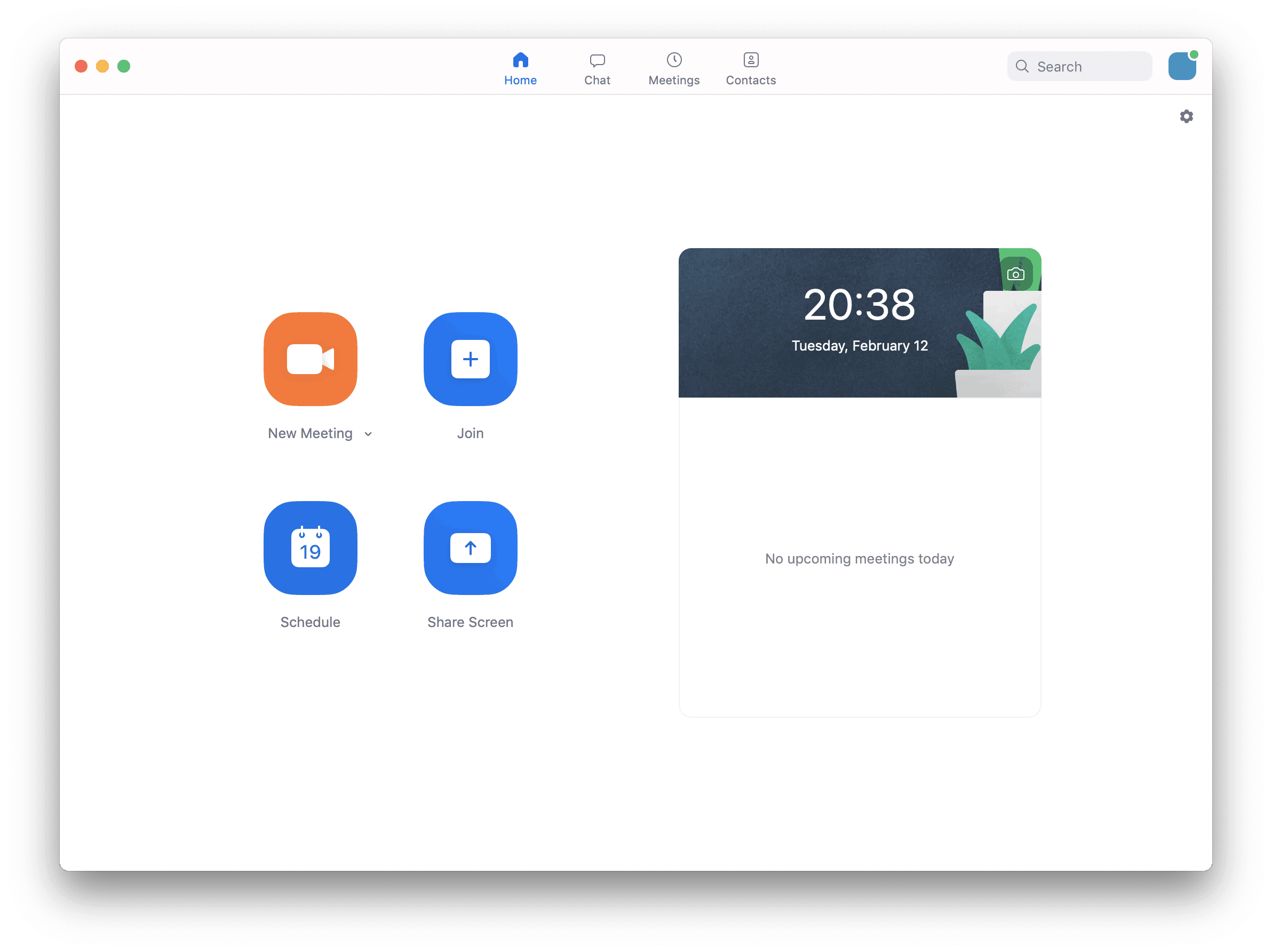
:max_bytes(150000):strip_icc()/1839876MacBookProontable-d5936cae8a924f9081499ccb1db7e528.jpg)
Allows you to manage device drivers- drivers are core to the functioning of any hardware.Troubleshoot hardware- Device Manager allows you to check whether particular hardware isn't working correctly and make the necessary changes by enabling or disabling it.Central utility for hardware configuration- Device Manager provides a centralized location for making changes to all the hardware connected to your computer.Efficient management of hardware devices- Device Manage allows you to easily view and control the hardware connected to your computers, such as external hard drives, USB devices, and keyboards.Windows Device Manager comes with the following benefits: The "Device Manager" feature is present in all Windows versions, including Windows 11/10/8/7, Windows Vista, Windows XP, Windows 2003, Windows 2000, Windows 98, Windows 95, etc.


You can also enable/disable specific devices or ignore them if they malfunction. It easily highlights the hardware components not working so that you can respond to them appropriately. Windows Device Manager is a utility on the Microsoft Operating System that allows you to access and control the hardware connected to your computer. We'll also outline the benefits of this utility to Windows users. This article will discuss 5 ways how to open Windows Device Manager. Because of that, you must know how to open and access Device Manager. It comes with various benefits in terms of helping you manage hardware devices. How regularly do you use Windows Device Manager? Do you know how to open it? Windows Device Manager is a common utility known to almost every Windows user. PAGE CONTENT: Windows Device Manager: What Is It? How to Open Windows Device Manager?


 0 kommentar(er)
0 kommentar(er)
